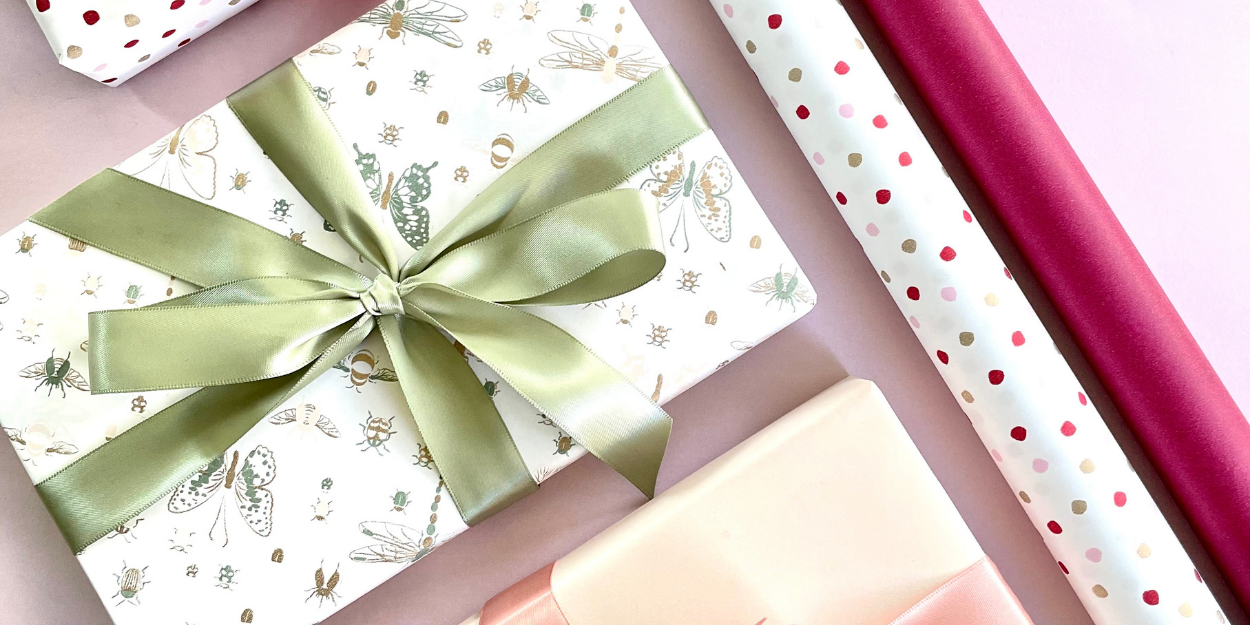
Majority of wrapping paper sold around the world cannot be recycled or composted, so it ends up in landfill. In Australia we use over 150,000km of wrapping paper each Christmas, let alone what gets used across the globe.
But why can't wrapping paper be recycled or composted like most other paper? The short answer is the use of metallic or toxic ink and shiny coatings. And let's face it, most of us like gift wrap to be pretty, so we buy the shiny, glittery paper.
Digging deeper into the issue, it is actually the use of metallic and toxic ink and shiny coatings on the paper at the same time that renders it unable to be recycled or composted. If paper is coated, but doesn't use toxic or metallic ink, it can be recycled. Similarly, if the paper is uncoated and printed using non-toxic ink, including non-toxic metallic ink, then it can be composted.
At Emballage, majority of our wrapping paper designs can be either recycled or composted. All our papers are printed with non-toxic ink at a minimum, many with water-based ink (even better!). Majority of our coated wrapping paper does not contain metallic ink, so it can be recycled. And our uncoated paper range can be composted, with some designs, containing no metallic ink, able to be recycled.
Agh! This is starting to sound very confusing. But fear not! We've made it easy by adding recycling and composting information in the sustainability section of the product pages.
There are also a few things that you can do to increase the chance of your wrapping paper ending up recycled or composted.
To recycle paper:
- Scrunch the paper into balls, keeping each design separate from the other. This way, if something that can't be recycled ends up in your recycling bin, it can be pulled out at the depot without removing the recyclable elements with it.
- You don't need to remove sticky tape - this gets removed as part of the 'washing' process.
To compost paper:
- Use biodegradable sticky tape when wrapping your gifts. True 'cello' tape is biodegradable as it's made from plant-based material, and usually has a yellow colour on the roll. If your sticky tape isn't biodegradable, you'll need to remove it before adding the paper to your compost or green bin.
- Tear the paper into small pieces (or shred) to assist with the breakdown process. This is especially important if you're adding it to your home compost.
